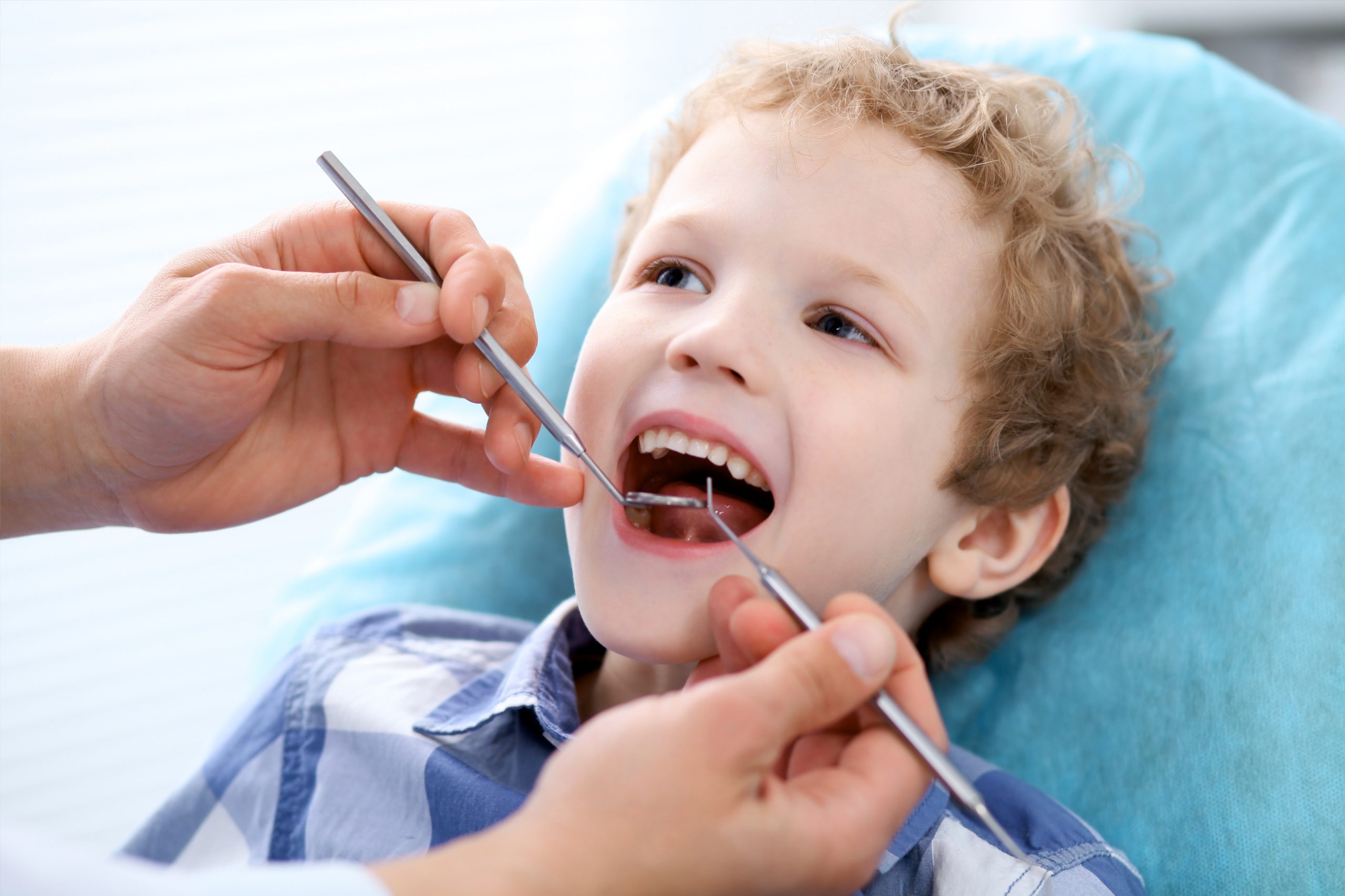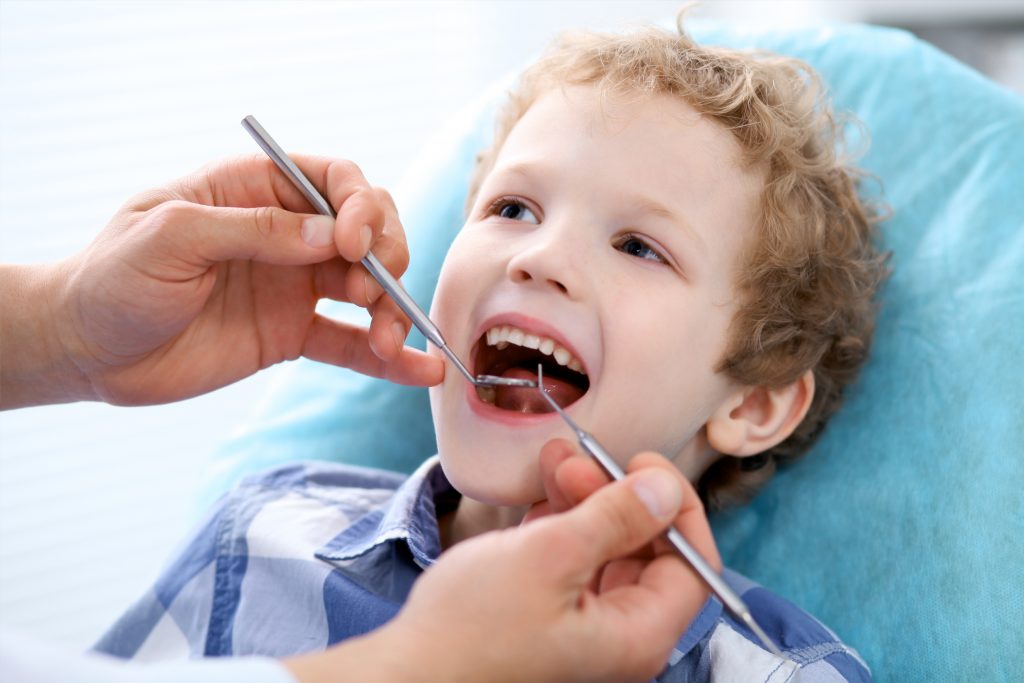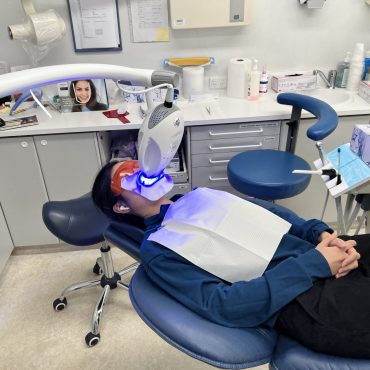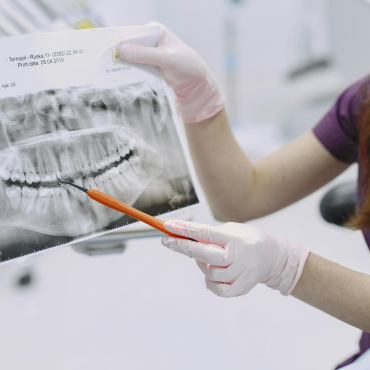Does Your Child Need Braces Early? When to Start and When to Wait?

Cosmetic dentistry now includes kids, not just adults. Many parents worry about crooked teeth. They fear these hurt their child’s looks, confidence, or dental health. Some parents also dread higher costs or harder fixes later. A few parents start braces for kids as young as three. Is early treatment always best? This article explains when kids need braces early and when waiting is okay.

Parents in Chatswood can trust Sunrise Dental Chatswood for expert kid’s dental care. Their team creates a welcoming, kid-friendly space. Every child who visits for a check-up gets a free toothpaste now.
Does Early Mean Better for Braces?
Early braces aren’t always needed. The best time depends on the dental problem. A child’s growth stage matters too. Most problems get fixed best between ages 8 and 12. Permanent teeth are mostly in by then. Some conditions need earlier care. Knowing these differences saves time and money.
Four Conditions Needing Early Treatment
Some dental problems need quick care. Early fixes stop bigger issues. Here are four conditions to fix fast:
Underbite (Protruding Lower Jaw)
An underbite happens when the lower jaw sticks out. It makes a “crescent” shape from the side. This hurts the bite and looks. Early treatment, often before age 8, guides jaw growth. It stops the upper jaw from being stuck. Untreated underbites may need surgery later.
Deep Overbite
A deep overbite is when upper teeth cover lower teeth too much. This can hurt gums or wear down lower teeth. It may also affect breathing. Early fixes protect dental health. They keep the bite right.
Jaw Misalignment (Deviated Jaw)
A deviated jaw means upper and lower teeth don’t line up. One side of the face may look uneven. This hurts chewing and speech. Early treatment fixes jaw alignment. It stops long-term problems.
Open Bite
An open bite is when front teeth don’t meet. A gap stays between upper and lower teeth. This causes speech or chewing issues. Early treatment closes the gap. It helps function and confidence.
Five Situations Where Waiting Is Okay
Not all dental problems need quick braces. Some can wait without harm. Here are five cases where delaying is fine:
Gaps Between Baby Teeth
Gaps between baby teeth worry some parents. These “normal gaps” are fine. They make room for permanent teeth. No early treatment is needed.
Mild Crooking or Crowding
Slightly crooked or crowded teeth can wait. Treatment after age 12 is often better. All permanent teeth are in by then. This makes the process easier.
Temporary Crooked Teeth
Small gaps or mild crowding may fix themselves. A temporary deep bite can too. Regular dental visits track these issues. No rush for braces is needed.
Small Baby Teeth, Large Permanent Teeth
Permanent teeth often look bigger than baby teeth. This is normal. No early fix is needed. Waiting until age 12 is fine.
Yellow Permanent Teeth
Permanent teeth may look yellower than baby teeth. This shows healthy enamel growth. No treatment is needed.
The Best Age for Braces: 8 to 12

Experts say ages 8 to 12 are best for most braces treatments. Kids have both baby and permanent teeth then. Their jaws are still growing. This makes fixes easier. Urgent problems, like underbites or open bites, may need earlier care. Habits like thumb-sucking or mouth breathing also need early fixes. For minor problems, like crooked teeth, waiting until age 12 works well.
Sunrise Dental Chatswood helps parents make these choices. Their skilled dentists, focus on kids’ care. Every child who visits for a check-up gets a free toothpaste now. This builds good brushing habits. Book an appointment to get expert advice for your child.



